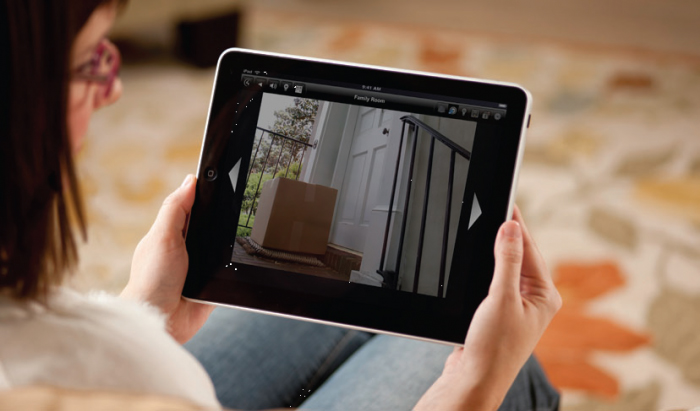Residential video surveillance is an essential part of modern home security systems. These systems use cameras to monitor and record activity on a property, providing a visual record of any security breaches or suspicious behavior. They are used by homeowners to deter criminal activity and protect their homes and belongings.
There are several benefits to using residential video surveillance. One of the most significant is that it provides a visual record of any security breaches or suspicious behavior. This can be invaluable in identifying suspects and providing evidence for law enforcement. In addition, the presence of cameras can deter potential criminals, as they are less likely to attempt to break into a property if they know they are being monitored.
Another benefit of residential video surveillance is that it can improve the safety of family members and guests. Cameras can be used to monitor activity around the home and ensure that everyone is adhering to safe practices. They can also be used to identify potential safety hazards, such as accidents or other dangerous conditions.
Residential video surveillance can be used in a variety of settings, from small apartments to large multi-story homes. They can be used to monitor everything from visitor activity to the behavior of pets and wildlife, and they can be integrated with other security systems such as access control and intrusion detection for a more comprehensive security solution.
When selecting a residential video surveillance system, there are several factors to consider. One of the most important is the type of camera to use and its AI features. There are several types of cameras available and AI functionality, including dome cameras, bullet cameras, PTZ (pan-tilt-zoom) cameras, people tracking, vehicle tracking, object tracking, people counting, license plate tracking, and more. The type of camera will depend on the specific needs of the homeowner, including the size of the property and the level of detail required.


